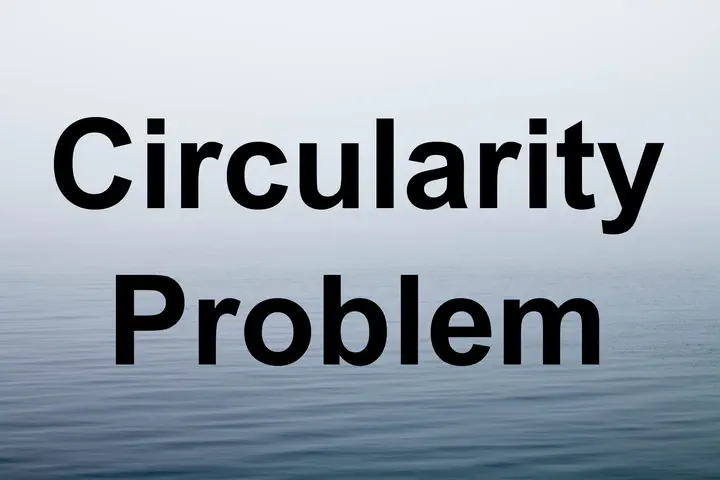Circularity problem

Unconditional forecasts of global temperature alone have an ambiguous interpretation.
Suppose a forecast portends a small global temperature anomaly.
Are future temperatures low because CO2 emissions will be tamed aggressively, or because climate turns out to be much less sensitive to atmospheric CO2 concentrations than currently believed?
Predictions of e.g. global temperature alone lack
- the pathway of the policy variable (CO2 concentration), and
- the relationship between the policy variable and the outcome variable (global temperature).
In monetary policy, the recommended-policy relationship between interest rates (the policy variable) and inflation and the output gap (the targets of policy) is known as the ‘Taylor rule’.
There is no ‘Taylor rule’ for emissions policy over time.
- not for one country, and certaintly not across all top emitters
- the net Zero commitment formally moves toward this, but statements of intention do not necessarily translate into operational, enforced regulations in all countries.
How can climate-risk information providers resolve this circularity problem?